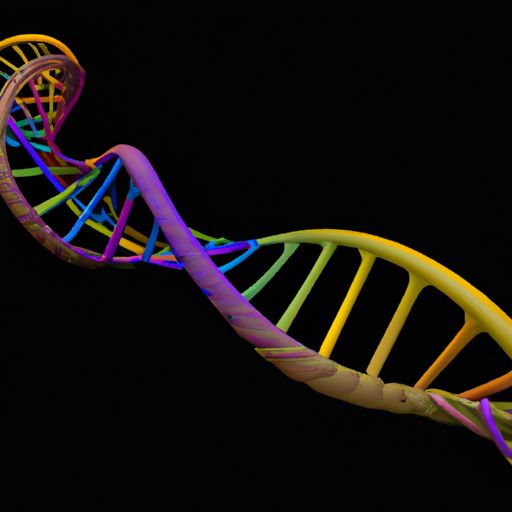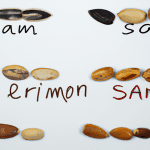Understanding the Mechanism for DNA Replication
DNA replication is a fundamental process that ensures the accurate transmission of genetic information from one generation to the next. It is a complex and highly regulated process that involves the duplication of the DNA molecule. In this article, we will delve into the mechanism for DNA replication, exploring the various steps involved and shedding light on the intricate details of this essential biological process.
Step 1: Initiation
DNA replication begins at specific sites called origins of replication. These sites are recognized by a group of proteins known as initiator proteins. The initiator proteins bind to the DNA at the origin and unwind a small section of the double helix, creating a replication bubble.
Step 2: Unwinding
Once the replication bubble is formed, an enzyme called helicase binds to the DNA strands and moves along the molecule, separating the two strands by breaking the hydrogen bonds between the base pairs. This unwinding process creates two replication forks, where the DNA strands are exposed and available for replication.
Step 3: Primer Synthesis
Before DNA replication can begin, a short RNA primer is synthesized by an enzyme called primase. The primer provides a starting point for DNA synthesis and is necessary for the DNA polymerase enzyme to attach and begin replication.
Step 4: DNA Synthesis
With the primer in place, DNA polymerase enzymes can now attach to the DNA strands and start synthesizing new DNA molecules. DNA polymerase adds nucleotides to the growing DNA chain, following the complementary base pairing rules (A with T and G with C). The leading strand is synthesized continuously in the 5′ to 3′ direction, while the lagging strand is synthesized in short fragments called Okazaki fragments.
Step 5: Proofreading and Repair
During DNA replication, DNA polymerase has a built-in proofreading mechanism that helps ensure the accuracy of DNA synthesis. If an incorrect nucleotide is added, the enzyme can detect the error and remove the incorrect nucleotide before continuing with replication. Additionally, other repair mechanisms exist to fix any mistakes that may occur during replication.
Step 6: Termination
Once the entire DNA molecule has been replicated, termination signals are recognized by specific proteins, and the replication process is halted. The newly synthesized DNA molecules are then ready for further cellular processes, such as cell division or gene expression.
In conclusion, the mechanism for DNA replication is a highly orchestrated process involving multiple enzymes and proteins. From initiation to termination, each step is crucial for the accurate duplication of the DNA molecule. Understanding this mechanism not only provides insights into the fundamental workings of life but also opens doors for further research and advancements in various fields, including medicine and genetics.
Remember, DNA replication is a fascinating process that showcases the intricate beauty of life’s blueprint.




